1. Skyrocketing Property Taxes
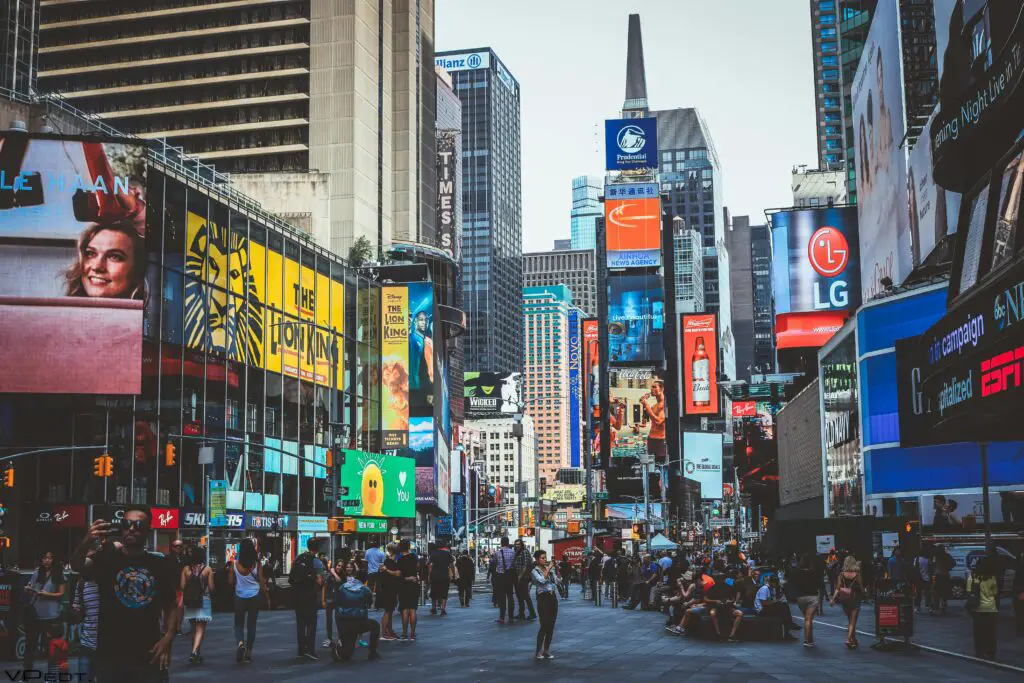
New York’s property taxes are among the highest in the nation, putting immense pressure on homeowners. As assessments continue to rise, many residents struggle to keep up with the escalating costs. This financial strain is leading to an increase in foreclosures and outmigration.
2. Affordability Crisis

The cost of living in New York remains prohibitive for many, with housing prices and rents far exceeding national averages. Middle-class families and young professionals are finding it increasingly difficult to secure affordable housing options. This crisis is pushing many to relocate to more affordable states.
3. Declining Population
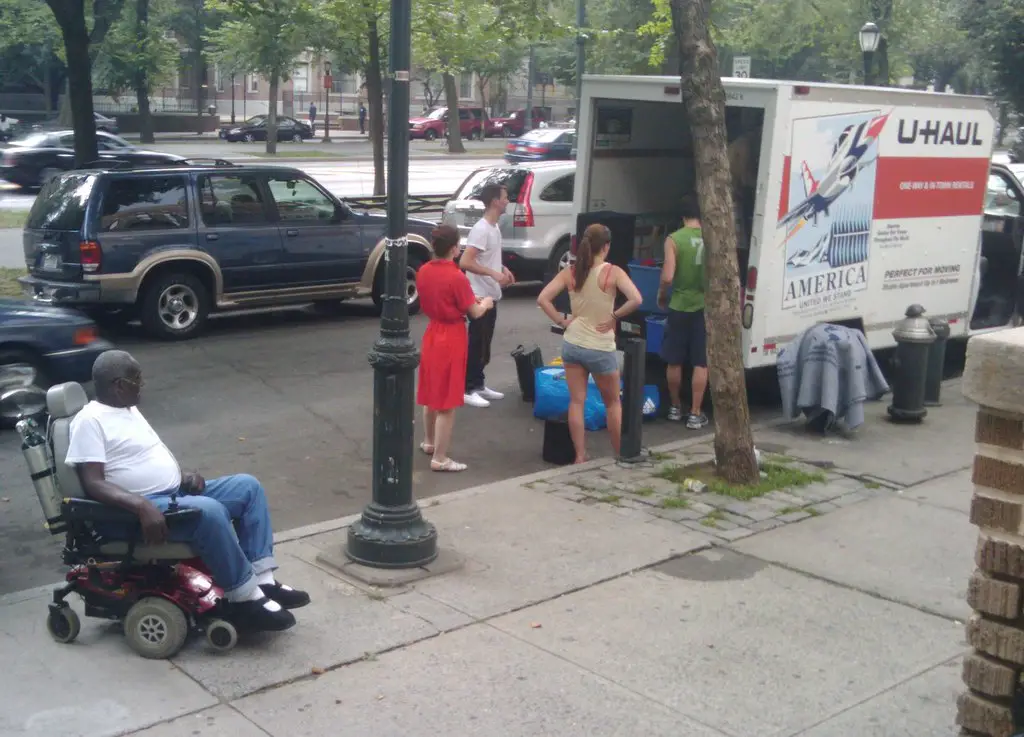
New York has been experiencing a steady population decline as residents move to states with lower taxes and better affordability. This exodus is reducing demand in certain areas, destabilizing housing markets across the state. Fewer residents mean less economic activity to sustain housing growth.
4. Rising Interest Rates

Higher mortgage interest rates are putting a damper on New York’s real estate market. Potential buyers are holding back due to the increased cost of financing a home. This slowdown in demand is causing homes to stay on the market longer, affecting overall market stability.
5. Aging Housing Stock
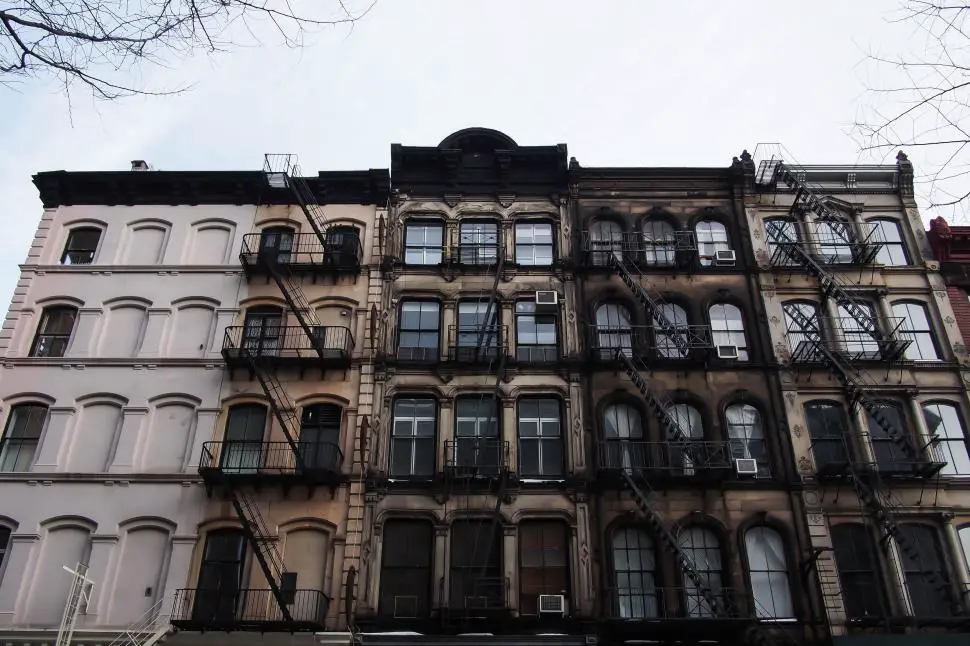
Much of New York’s housing inventory is old, requiring significant investment in repairs and maintenance. Buyers are hesitant to invest in properties that come with high renovation costs. This aging stock further complicates the market and deters newcomers.
6. Remote Work Trends

The shift to remote work has allowed many residents to leave New York for suburban or out-of-state locations. Without the need to live near offices in major cities, workers are opting for more spacious and affordable housing elsewhere. This trend is reshaping demand and leaving urban markets vulnerable.
7. Rent Control Challenges
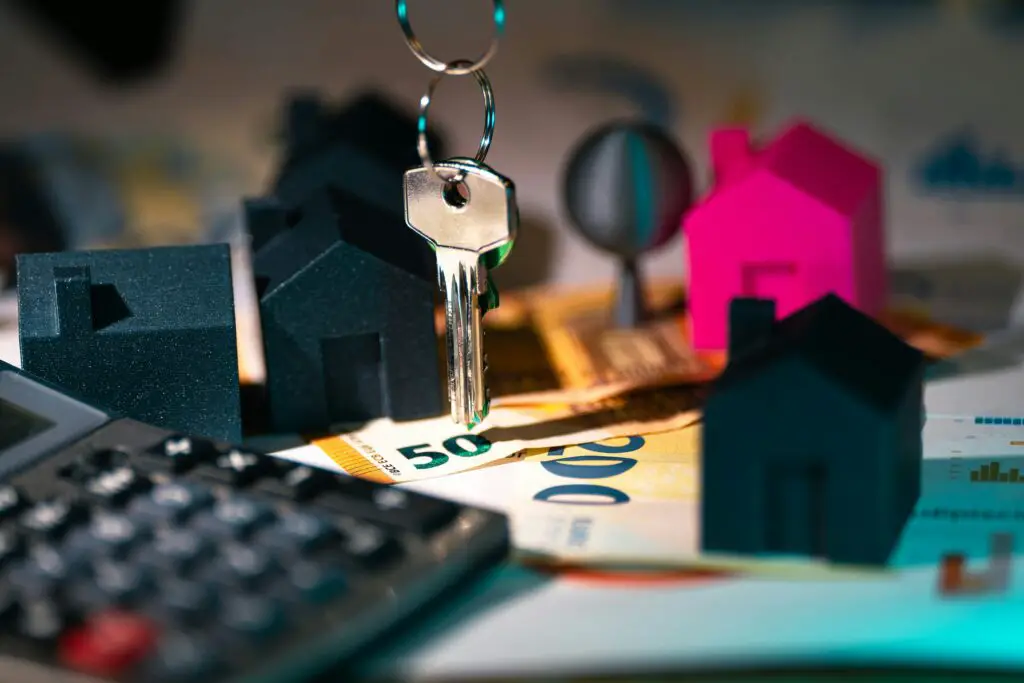
While rent control laws aim to protect tenants, they have unintended consequences for the housing market. Landlords face reduced profits, leading many to withdraw rental properties from the market or neglect maintenance. This policy is creating a scarcity of quality rental options.
8. High Construction Costs
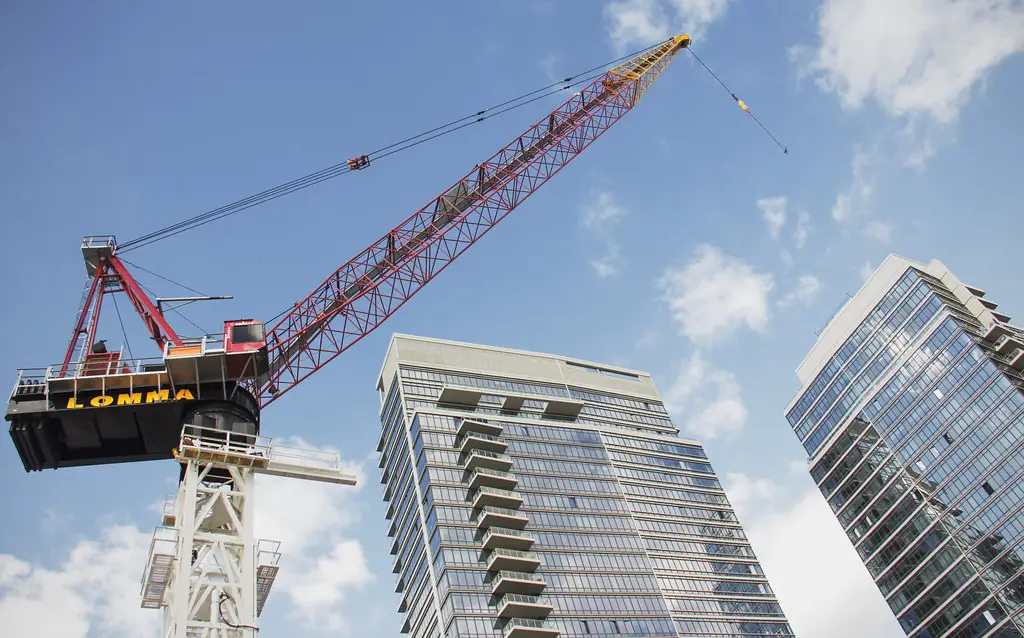
The cost of building new homes in New York is prohibitively high due to strict regulations, expensive labor, and material costs. Developers are struggling to meet the demand for affordable housing, exacerbating the state’s housing shortage.
9. Economic Uncertainty
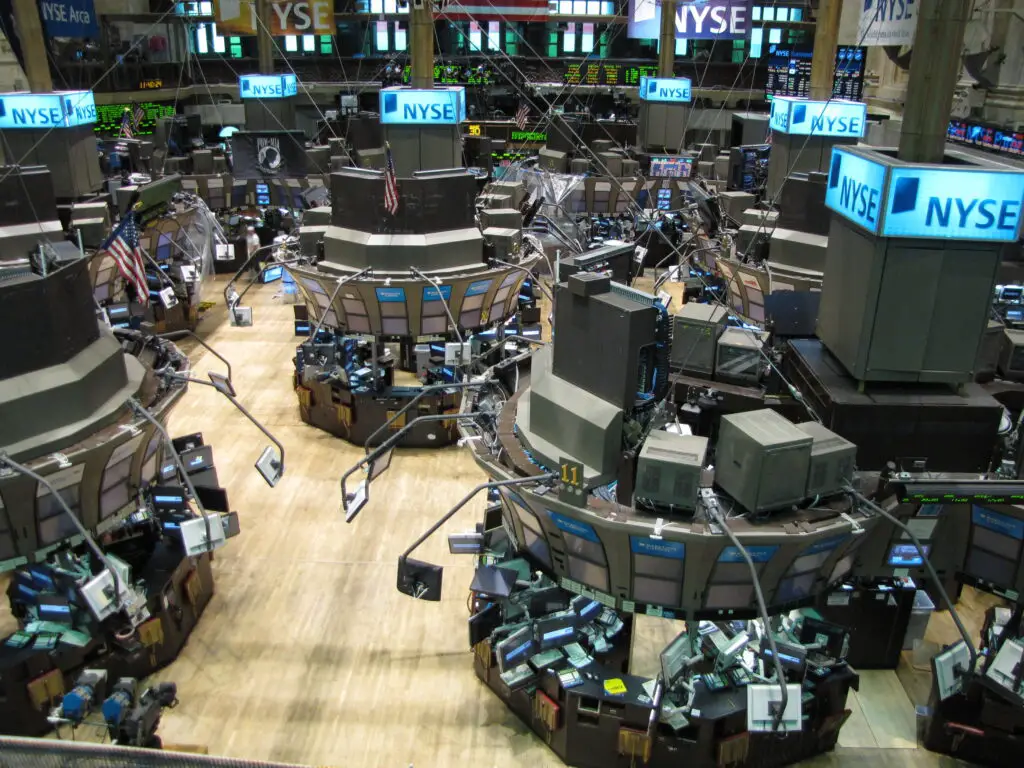
Economic instability, including job losses and inflation, is taking a toll on New York’s housing market. Many potential buyers and renters are adopting a wait-and-see approach, reducing activity in the market. This uncertainty is causing housing prices to stagnate or decline in some areas.
10. Overvalued Markets
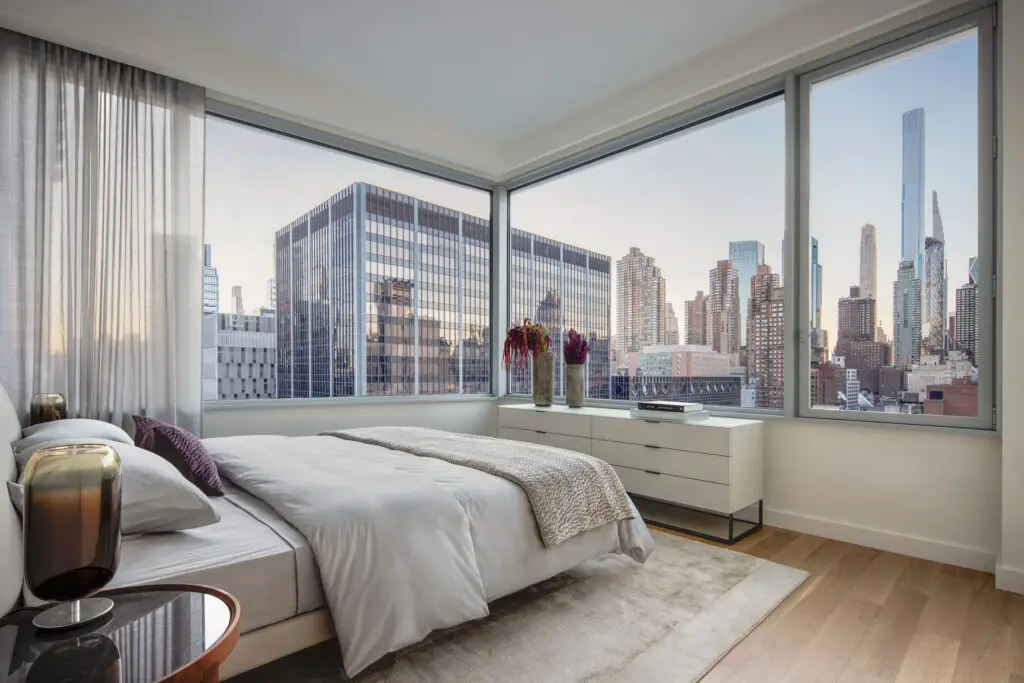
Certain areas of New York have become severely overvalued, with prices far exceeding the intrinsic value of homes. Experts warn that these inflated markets are at risk of a significant correction, which could lead to steep price drops in the near future.
11. Soaring Energy Costs

New York’s cold winters and rising energy prices are making homeownership increasingly expensive. Utility costs are driving up the total cost of living, pushing some residents to seek warmer and more affordable regions.
12. Increasing Foreclosures
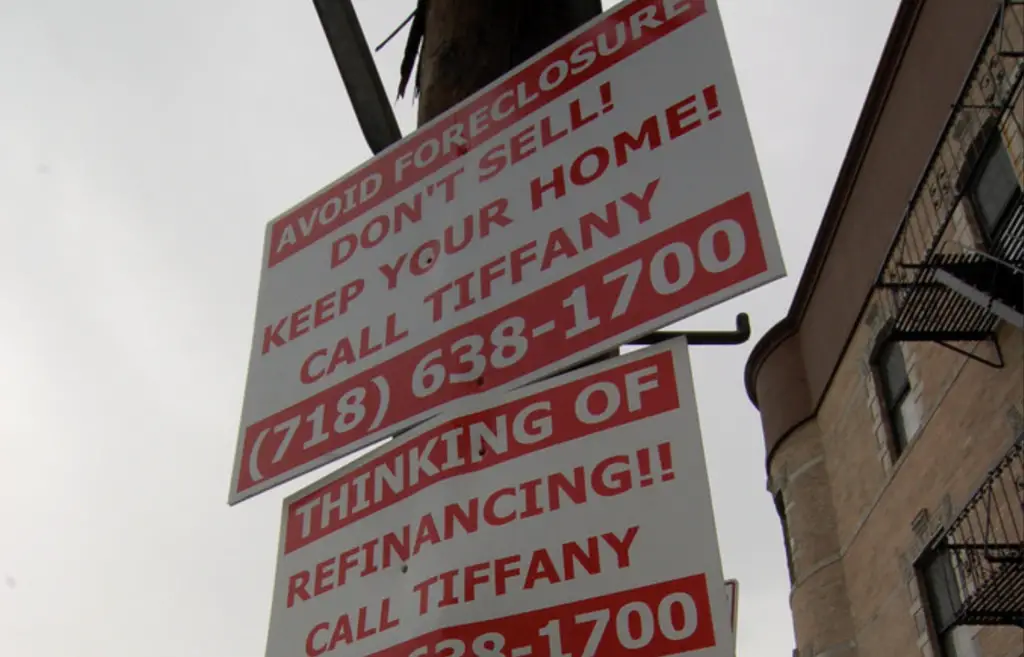
As property taxes and mortgage rates climb, more homeowners are falling behind on payments, leading to a rise in foreclosures. This trend is flooding the market with distressed properties, further destabilizing home values across the state.
